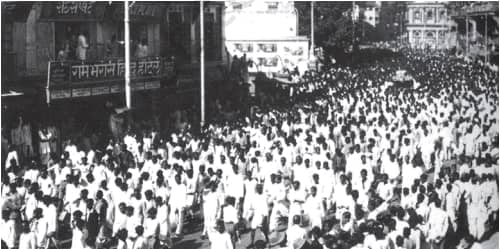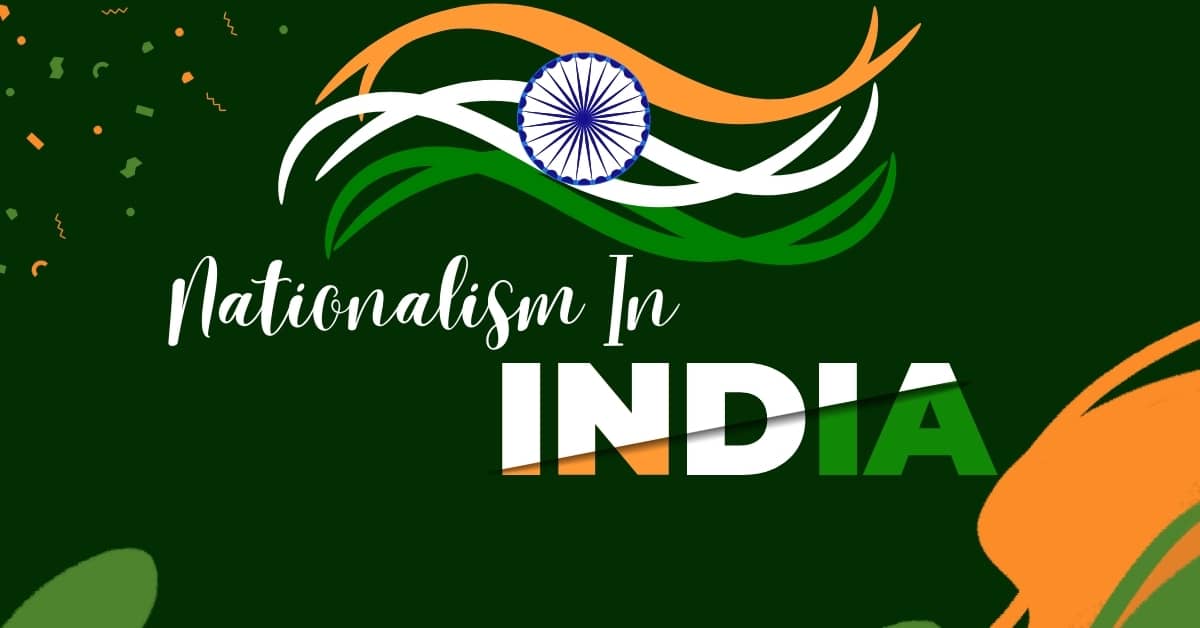Introduction To Nationalism In India Concept & Notes PDF for Free
Topic covered: Introduction To Nationalism In India: Nationalism In India (All single details that are exam-oriented).
1. Association of Modern Nationalism with Nation-States:
- Modern nationalism in Europe is linked with the formation of nation-states.
- Shift in people’s identity and sense of belonging accompanied by the adoption of new symbols and icons.
2. Evolution of National Identity in Most Countries:
- The creation of a new national identity was a gradual and prolonged process.
- The emergence of a shared consciousness defines the boundaries of communities.
3. Connection between Nationalism and Anti-Colonial Movements:
- In India and other colonies, modern nationalism intertwined with the anti-colonial struggle.
- The experience of colonial oppression became a unifying factor, fostering a sense of solidarity.
4. Diversity of Experiences under Colonialism:
- Different classes and groups experienced colonialism uniquely.
- Varied notions of freedom emerged based on diverse experiences.
5. Congress Efforts under Mahatma Gandhi:
- The Congress, led by Mahatma Gandhi, aimed to unite diverse groups within the anti-colonial movement.
- Gandhi’s strategy involved forging alliances and building unity among various sections of society.
6. Challenges to Unity:
- Despite efforts for unity, conflicts emerged among different social groups.
- Diverse perspectives and interests sometimes led to tensions within the anti-colonial movement.
7. Historical Context: Growth of Nationalism till the 1920s:
- Previous knowledge about the growth of nationalism in India up to the early 20th century.
- The upcoming chapter focuses on the period from the 1920s, exploring the Non-Cooperation and Civil Disobedience Movements.
8. Non-Cooperation and Civil Disobedience Movements:
- Detailed study of the Non-Cooperation and Civil Disobedience Movements from the 1920s.
- Examination of how these movements shaped the national movement in India.
9. Congress Strategy for National Development:
- Understanding how the Congress aimed to develop the national movement in India.
- Analyzing the role of Mahatma Gandhi in steering the Congress towards a unified anti-colonial struggle.
10. Inclusivity of Different Social Groups:
- Exploration of the participation of diverse social groups in the national movement.
- Recognition of varied contributions and perspectives that enriched the anti-colonial struggle.
11. Popular Imagination and Nationalism:
- Examining how nationalism captured the imagination of the people.
- Analyzing the factors and events that contributed to the widespread adoption of nationalist ideas.
Mass processions on the streets became a common feature during the national movement.


